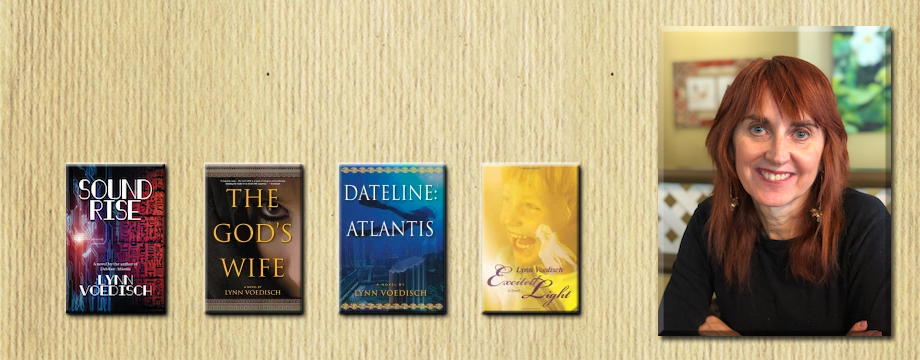A few years ago, a writer I know once gave me advice that I never pondered before.
“From the bad guy’s point of view, he’s doing the right and logical thing,” she said. “He doesn’t think of himself as a villain.”
She was quite right. I thought back to all the good books I had read, and in every case, no matter how reprehensible the antagonist was, he or she always had the opinion that she was right. Take the Harry Potter books for example. Snape, the teacher the kids all hate at Hogwart’s Academy seems as if he’s just there to make the kids feel total agony. But, as we find out through the long series, he just feels that he is a superior teacher and is trying to impart his extraordinary knowledge to students who don’t appreciate him. When you look at it this way, Snape no longer looks like a cartoon character, but a real person with problems and worries of his own.
When I wrote my first novel, Excited Light (self-published), I kept that advice in mind as I constructed a plot with an antagonist who is a womanizer and cheat. I put myself in his shoes as I wrote the book, remembering that this man saw himself as a handsome, talented newspaper editor whose career had taken a wrong turn. He looked at women as people who would salve his wounded ego, even though he never followed through on the promises he made to them.
For my novels at the Story Plant, each time I created a villain, I’d take some time to look at things from their perspective. I got some great positive reviews, some focusing on how good the “evil” character was. The mother character in The God’s Wife seems like a shrill, unpleasant harridan. However, she is merely trying to smooth the rites of succession for the all-important God’s Wife of Amun position in Ancient Egypt.
For “Dateline: Atlantis” I even sent the ms. to someone who had lived in England to make sure I got the language correct.
I based this bad guy on a real person (who was not remotely English) and tried to make the narcissism ring true. After all, he thought he was a talented and famous museum director who could do no wrong. He even justified murder as being something he had to do in the name of science.
I’ve read some books in which the antagonist is just a plain jerk and I never felt the sense that I was seeing what was under his skin. Then there are books that have no villain at all. It’s just the main character battling against a prevailing and unpopular idea. I wouldn’t suggest doing a book this way. You need conflict to really make a book come alive, and without a villain, there’s really not much tension to propel the reader forward.
Right now, I’m working on a book in which the antagonist has just appeared and I am trying mightily to figure out what her motivation is. I’m even considering doing a chapter just on her and her thoughts. I may never use that chapter, but it will help me from letting her become a caricature instead of a character.
Try looking at your own writing and see if the villain, or forces of evil, have a tale of their own to tell. It might be just the thing to liven up a moribund manuscript.
